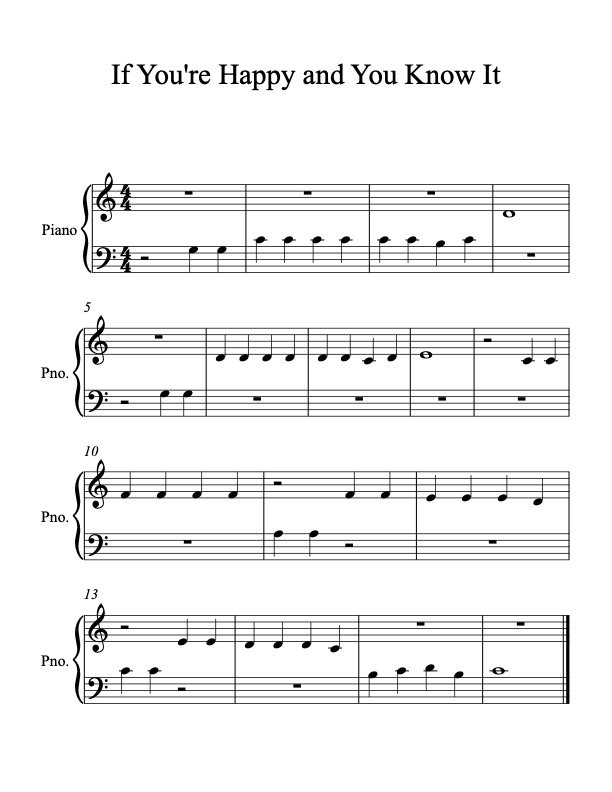#5 - Reading The Bass Clef, Easy As Treble!
FOR PARENTS OF BEGINNERS
While many students feel that reading the Bass Clef is more difficult than reading the Treble Clef, the reality is that it is as easy!
In the “Points of Reference” lesson, I introduced you to a method that only requires the student to know two notes (C and G) in five different locations, which allows your child to then find all the other notes with ease and confidence. This is exactly the same process for the Bass Clef! There are only two differences to consider:
1) The direction of the notes is going down (C, B, A, G, F), whereas in the Treble Clef it went up (C, D, E, F, G).
2) The Points of Reference are now C and F, whereas in the Treble Clef they were C and G. Why is that? The reason is simple! Show your child that there are five notes between C and G going up (C, D, E, F, G). Now show your child that we have five notes between C and F going down (C, B, A, G, F). That‘s it!
Now that we have outlined the only differences between reading the Treble and Bass Clefs, let’s use an example from a song! The song we will use for this purpose is “If You’re Happy and You Know It”.
LESSON
1) Have the “Points of Reference” sheet and “If You’re Happy and You Know It” side by side so that your child can use the sheet to locate the notes comfortably.
2) Ask them, is the first note in the Bass Clef on a line or on a space? The answer is that it is on the top space.
3) Now, ask them to find the same note in the “Points of Reference” sheet.
4) Next, ask them if that note is a Point of Reference (meaning, if it has the name of the note written within).
5) Since it is not, ask them which one is the closest Point of Reference to the note written on the top space. That would be the F below Middle C.
6) Finally, ask them if the note on the top space is higher/taller or lower/shorter than the Point of Reference F (different students will react better to different descriptions). The answer is that the note on the top space is one step higher/taller than F, which therefore means the note is G below Middle C.
Advanced Practice
Here are a few other songs to work on with your child so they can feel more secure in their new knowledge. Choose three to five other songs, until you see they are comfortable and confident.
B-I-N-G-O | Pop Goes the Weasel | Hush Little Baby | When The Saints Go Marching In | Silent Night
A FINAL THOUGHT
We are approaching the finish line! The next step would be to learn how to play multiple notes at the same time, which will be discussed in the next blog post.
